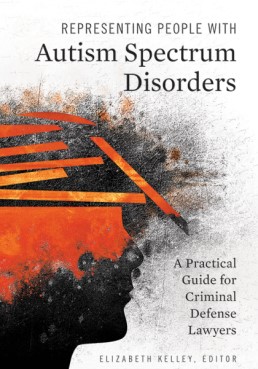
The reason for compiling the expert opinions in Representing People with Autism Spectrum Disorders: A Practical Guide for Criminal Defense Lawyers is two-fold: first, there is a growing recognition that people with ASD are involved in the criminal justice system and need vigorous, informed advocacy; and two, that there is a need for practical, easily digestible information for lawyers.
If you are a criminal defense lawyer, it is inevitable that you are going to represent someone on the Autism Spectrum. Indeed, the Center for Disease Control estimates that one in 59 children are on the spectrum. And because Autism is a lifelong condition, these children will become adults on the spectrum.
But what is Autism Spectrum Disorder (ASD), how will you recognize it in a client, why is it relevant to the criminal justice system, and why do people with ASD get ensnared in the criminal justice system? Representing People with Autism Spectrum Disorders: A Practical Guide for Criminal Defense Lawyers is meant to cover the complete anatomy of a criminal case, from the initial encounter with law enforcement, through the bond hearing, through the use of experts, through plea bargaining or dismissal, through resolution, including a sentencing hearing to prison or probation.
This book is published by the American Bar Association and is aimed at criminal defense lawyers working in the U.S. criminal justice system, however the book will be useful to criminal lawyers in all jurisdictions